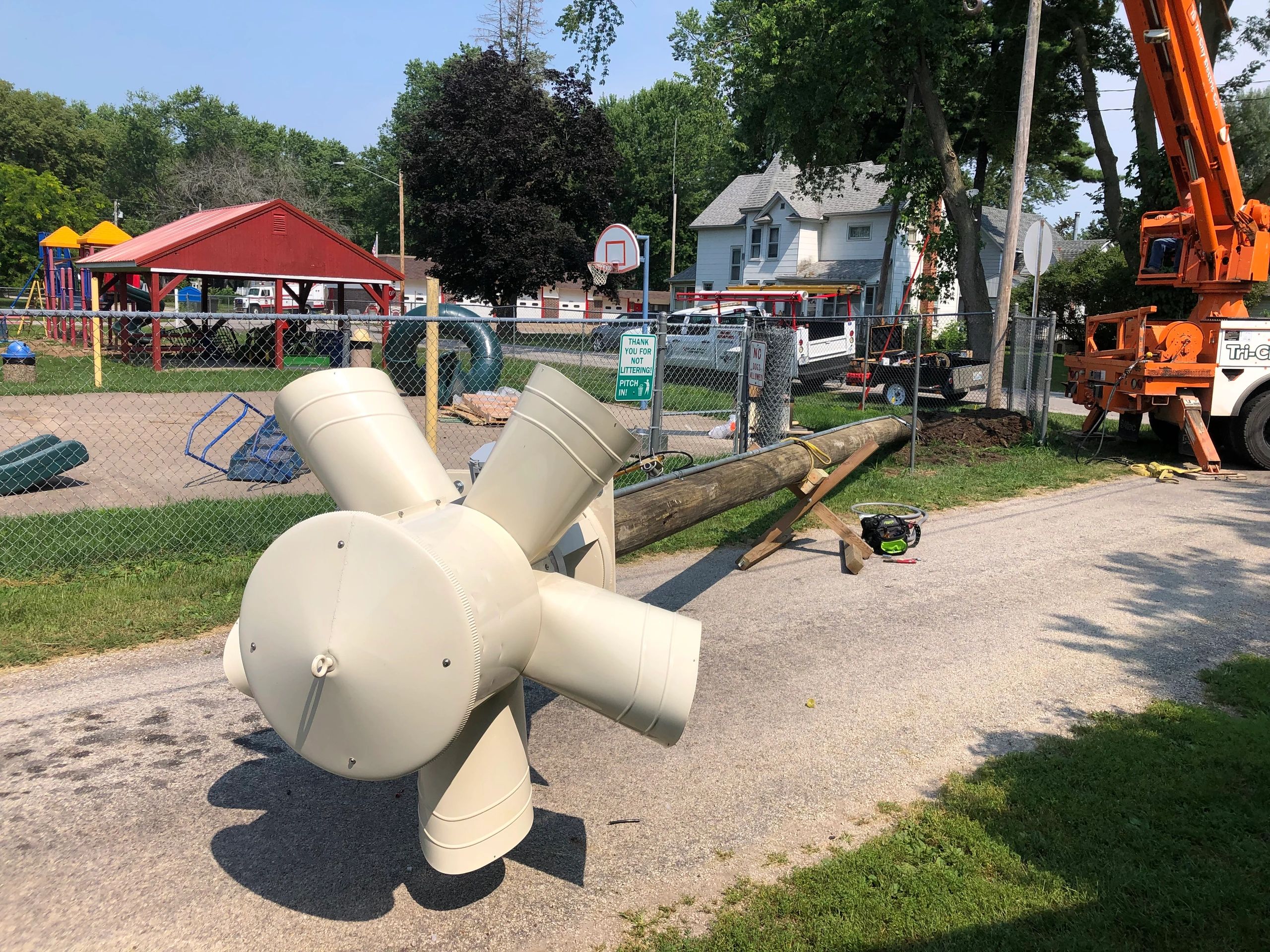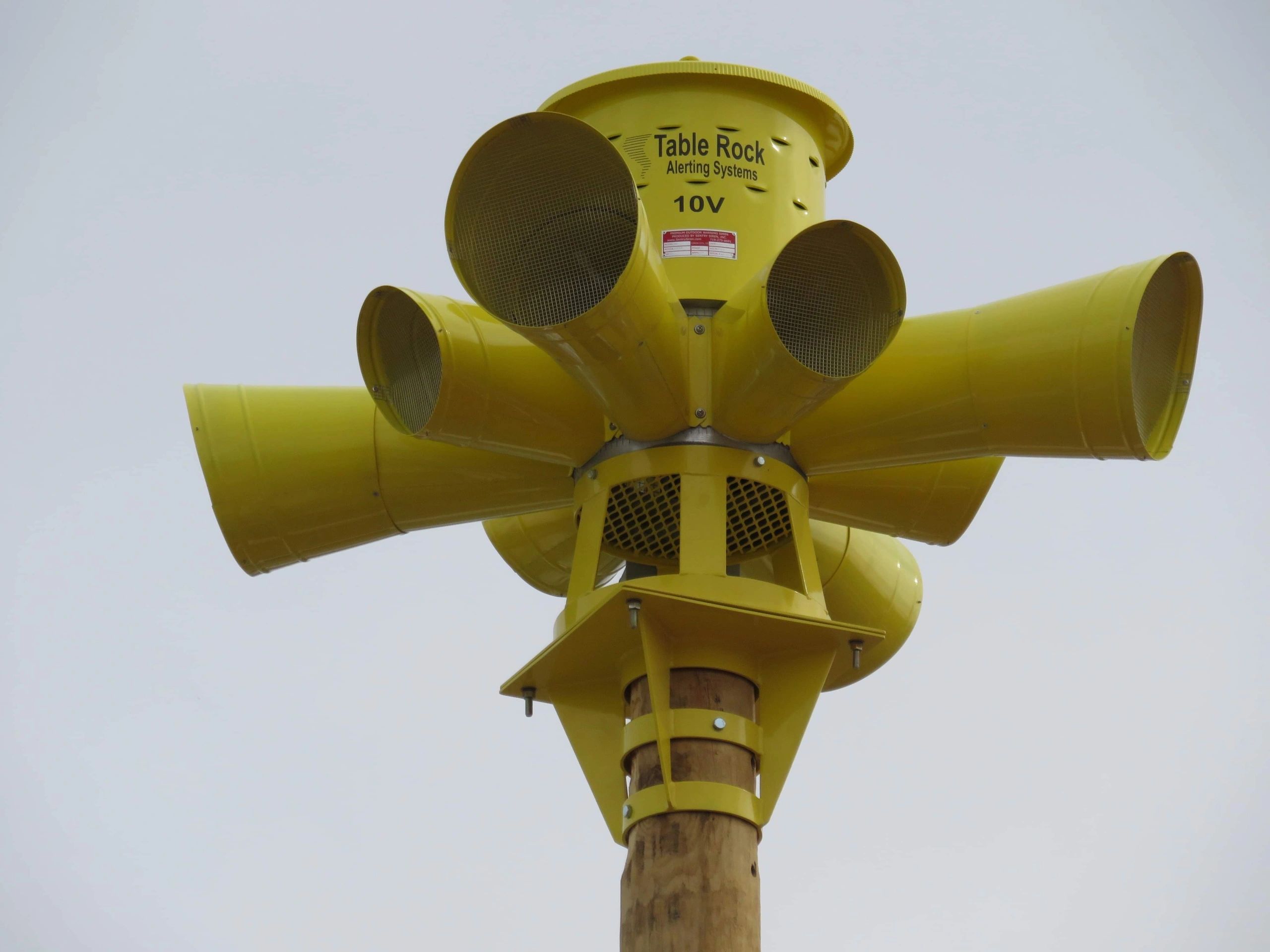Disasters can strike anytime, anywhere – are you prepared? Stay Connected And Informed: Essential Emergency Alerting Systems arms communities with the tools they need to stay connected and informed during emergencies.
Our team has analyzed, dug information, made a guide to help target audience make the right decision.
| Key Differences | |
|---|---|
| Importance | |
| Benefits |
FAQ
Stay connected and informed in times of emergency with vital information on essential alert systems. This frequently asked questions (FAQ) section addresses common concerns and provides insights to keep individuals prepared during critical events.

Table Rock Alerting Systems - Home - Source tablerockalertingsystems.com
Question 1: What types of emergency alert systems exist?
There are numerous emergency alert systems, each designed for specific situations and regions. These include Wireless Emergency Alerts (WEAs), Emergency Alert System (EAS), NOAA Weather Radio, and mobile alert apps. Some systems transmit alerts via text messages, while others use broadcast radio or television signals.
Question 2: How do I receive emergency alerts?
Ensure your mobile device is compatible with WEA by visiting the Federal Communications Commission (FCC) website. Subscribe to local emergency notifications through your community's emergency management office. Monitor NOAA Weather Radio broadcasts for weather-related alerts. Download mobile alert apps that provide real-time updates based on your location.
Question 3: What should I do when I receive an emergency alert?
Stay calm and follow the instructions provided in the alert. Evacuate to a safe location if directed to do so. Seek shelter indoors and away from windows if severe weather is imminent. Monitor official sources for updates and further guidance.
Question 4: Are emergency alert systems reliable?
Emergency alert systems are generally reliable, but they are not foolproof. Factors such as location, network coverage, and device compatibility can affect the delivery and reception of alerts. It is essential to have multiple sources of emergency information and to regularly update your contact information with emergency management authorities.
Question 5: What if I don't have access to a mobile device or the internet?
In the event of a power outage or mobile network disruption, it is crucial to have alternative means of receiving emergency alerts. NOAA Weather Radio is a valuable option as it operates on batteries and can transmit alerts even without electricity or internet access. Consider using a landline phone or listening to local radio or television stations for updates.
Question 6: How can I stay informed about other emergency preparedness measures?
Visit the websites of your local emergency management office and the Federal Emergency Management Agency (FEMA) for comprehensive emergency preparedness information. Develop a family emergency plan, gather an emergency kit, and participate in community preparedness programs to enhance your readiness.
By understanding and utilizing essential emergency alert systems, individuals can enhance their safety and well-being during critical events. Stay connected and informed to safeguard yourself and your loved ones.
Next Article: [Article Title]
Tips
In the event of an emergency, it is crucial to stay informed and connected. Emergency Alerting Systems play a vital role in providing timely and accurate information, enabling individuals to make informed decisions and take necessary precautions.
Table Rock Alerting Systems - Home - Source tablerockalertingsystems.com
Tip 1: Sign up for local and national alert systems: These systems provide real-time notifications about impending threats, such as severe weather, natural disasters, or public safety emergencies. Consider using mobile apps or services like Stay Connected And Informed: Essential Emergency Alerting Systems that aggregate alerts from multiple sources.
Tip 2: Download emergency preparedness apps: These apps offer valuable safety information, including evacuation routes, shelter locations, and first aid instructions. They can also send alerts and provide access to essential resources during emergencies.
Tip 3: Monitor weather forecasts and news bulletins: Stay aware of potential weather disturbances or emergency situations by regularly checking weather reports and news updates. This information can help you anticipate potential threats and take appropriate measures.
Tip 4: Plan and practice emergency communication: Establish a communication plan with family and friends. Decide on a designated meeting place and method of communication in case of separation. Practice evacuation drills to ensure everyone knows what to do in an emergency.
Tip 5: Keep an emergency kit ready: Prepare an emergency kit containing essential supplies such as food, water, first aid items, a flashlight, and a battery-powered radio. Keep the kit in an easily accessible location for quick retrieval.
Tip 6: Educate yourself and others: Knowledge is power during emergencies. Educate yourself about potential hazards in your area and the recommended safety measures. Share this information with family, friends, and neighbors to enhance collective preparedness.
Tip 7: Be alert and trust official sources: Pay attention to official announcements and instructions from local authorities, emergency services, or trusted news organizations. Avoid spreading or believing rumors that can create confusion and hinder response efforts.
Staying connected and informed during emergencies is crucial for safety and well-being. By implementing these tips, individuals can enhance their emergency preparedness and response capabilities.
Stay Connected And Informed: Essential Emergency Alerting Systems
In the face of emergencies, timely and accurate information is crucial. Emergency alerting systems play a vital role in keeping citizens connected and informed, ensuring their safety and well-being. These systems encompass essential aspects that work in tandem to provide effective alerts and updates.
- Multi-modal Communication
- Real-Time Dissemination
- Geo-Targeting
- Public Education
- International Cooperation
- System Evaluation
Multi-modal communication allows alerts to reach the public through diverse channels, such as text messages, mobile apps, and social media. Real-time dissemination ensures that information is delivered promptly, minimizing response time. Geo-targeting tailors alerts to specific geographic areas, providing targeted warnings and guidance. Public education campaigns raise awareness about these systems and encourage their use. International cooperation fosters collaboration and information sharing across borders, enhancing global preparedness. Finally, system evaluation assesses the effectiveness of emergency alerting systems, leading to continuous improvement and enhanced public safety.

Design Services | APS Firehouse Alerting - Source firehousealerting.com
Stay Connected And Informed: Essential Emergency Alerting Systems
In today's rapidly evolving world, staying connected and informed during emergencies is crucial. Emergency alerting systems play a pivotal role in safeguarding communities by providing timely and life-saving information. These systems are essential for disseminating critical alerts, warnings, and instructions during natural disasters, man-made incidents, and public health emergencies. By enabling authorities to reach vast populations with immediate notifications, emergency alerting systems empower individuals to take necessary actions and protect themselves and their loved ones.

Alerting Systems for Deaf and Hard of Hearing | LS&S - Source lssproducts.com
The importance of emergency alerting systems cannot be overstated. They are the primary means of communication during emergencies when traditional methods like television, radio, and landline phones may be disrupted. By leveraging various technologies such as cell broadcasts, text messages, and mobile applications, these systems ensure that alerts reach individuals regardless of their location or the availability of internet connectivity. The effectiveness of emergency alerting systems has been proven time and again, with numerous examples of lives being saved and communities being protected.
Understanding the connection between staying connected and informed and the role of emergency alerting systems is paramount for effective emergency preparedness. It highlights the need for robust infrastructure, clear communication protocols, and public education campaigns to ensure the seamless operation and utilization of these systems. By investing in and promoting emergency alerting systems, communities can significantly enhance their resilience and ability to respond effectively to any emergency situation.
Table: Types of Emergency Alerting Systems and their Advantages
| Type of System | Advantages |
|---|---|
| Cell Broadcasts | Wide geographic reach, no internet connectivity required |
| Text Messages | Targeted messaging, personalized alerts |
| Mobile Applications | Interactive features, location-based alerts |

